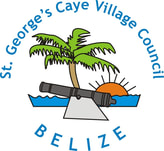|
THE FIND An exciting find was made during the first week of the St George's Caye Archaeology Project’s 2016 Field Season. It is the first one found at St George's Caye and likely all of Belize. Specifically it is a British Napoleonic shako plate that were attached onto “stove-pipe” hats worn by members of the West India Regiment between 1800-1812. Mr Tony Barton, a model maker from the UK, features a private of the 5th West India Regiment, and the uniform worn at the time. In past field seasons the St George's Caye Archaeology Project has uncovered many buttons, and many specifically from the 5th West India Regiment. Helmet plates from this period did not have lugs or sliders so small holes were pierced and the badge sewn to the front of the Helmet. Finding intact shako plates is rare.
“SHAME BE TO HIM WHO THINKS BADLY OF IT” The origin of the symbol of the Most Noble Order of the Garter will probably never be known for certain as the earliest records of the Order were destroyed by fire. However one story goes that at a Ball, possibly held at Calais, Joan Countess of Salisbury dropped her garter and King Edward seeing her embarrassment picked it up and bound it about his own leg saying in French, "Evil, (or shamed) be he that that thinks evil of it" this is almost certainly a later fiction. This fable appears to have originated in France and was, perhaps, invented to try and bring discredit on the Order. There is a natural unwillingness to believe that the World's foremost Order of Chivalry had so frivolous a beginning. An alternative theory is that Edward III may outwardly have professed the Order of the Garter to be a revival of the Round Table, it is probable that privately its formation was a move to gain support for his dubious claim to the French throne. The motto of the Order is a denunciation of those who think ill of some specific project, and not a mere pious invocation of evil upon evil-thinkers in general. 'Shame be to him who thinks ill of it' was probably directed against anyone who should oppose the King's design on the French Crown." It is thought more likely that as the garter was a small strap used as a device to attach pieces of armor, it might have been thought appropriate to use the garter as a symbol of binding together in common brotherhood. Whilst the motto probably refers to the leading political topic of the 1340's, Edward's claim to the throne of France. PATRON SAINT GEORGE
The Order of the Garter is dedicated to the image and arms of Saint George, England's patron saint. It is serendipitous how this Shako plate that was found buried in the sand at St George's Caye. St George's Day is celebrated each April 23. Members of the British Forces who were stationed at the British Forces Adventure Training Center on the caye celebrated this day, and perhaps we should continue the tradition and honor St George who watched over the early settlers that became victorious soldiers in the Battle of St George's Caye. ST GEORGE'S CAYE ARCHAEOLOGY PROJECT Dr. James Garber, Texas State University, and Dr Lauren Sullivan, University of Massachusetts at Boston, along with the Institute of Archaeology and the St George's Caye Village Council have conduct field studies since 2009 at St George's Caye.
2 Comments
|
Welcome!Check back for update on activities and events on and around St. George's Caye! Archives
January 2022
Categories |

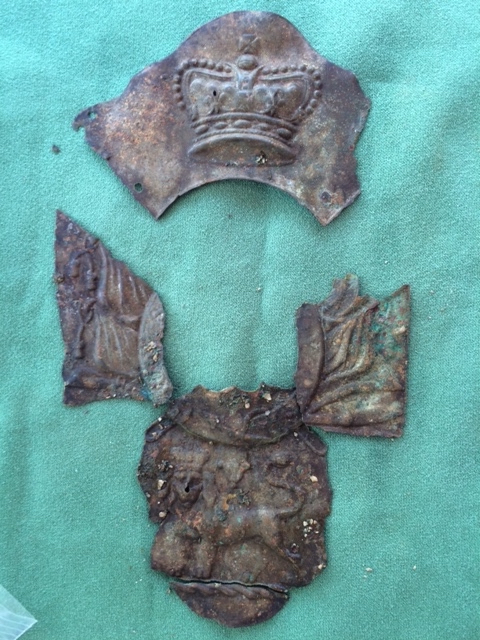
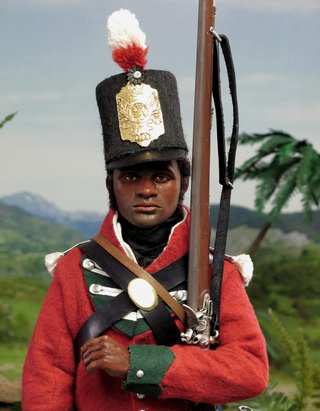
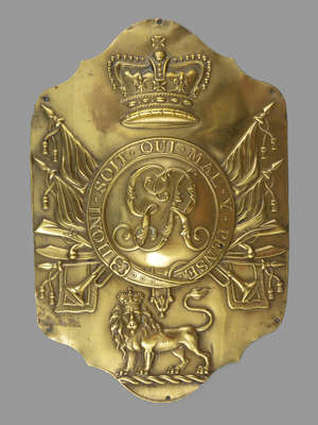
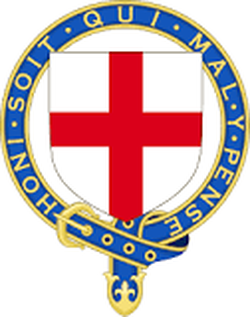
 RSS Feed
RSS Feed
